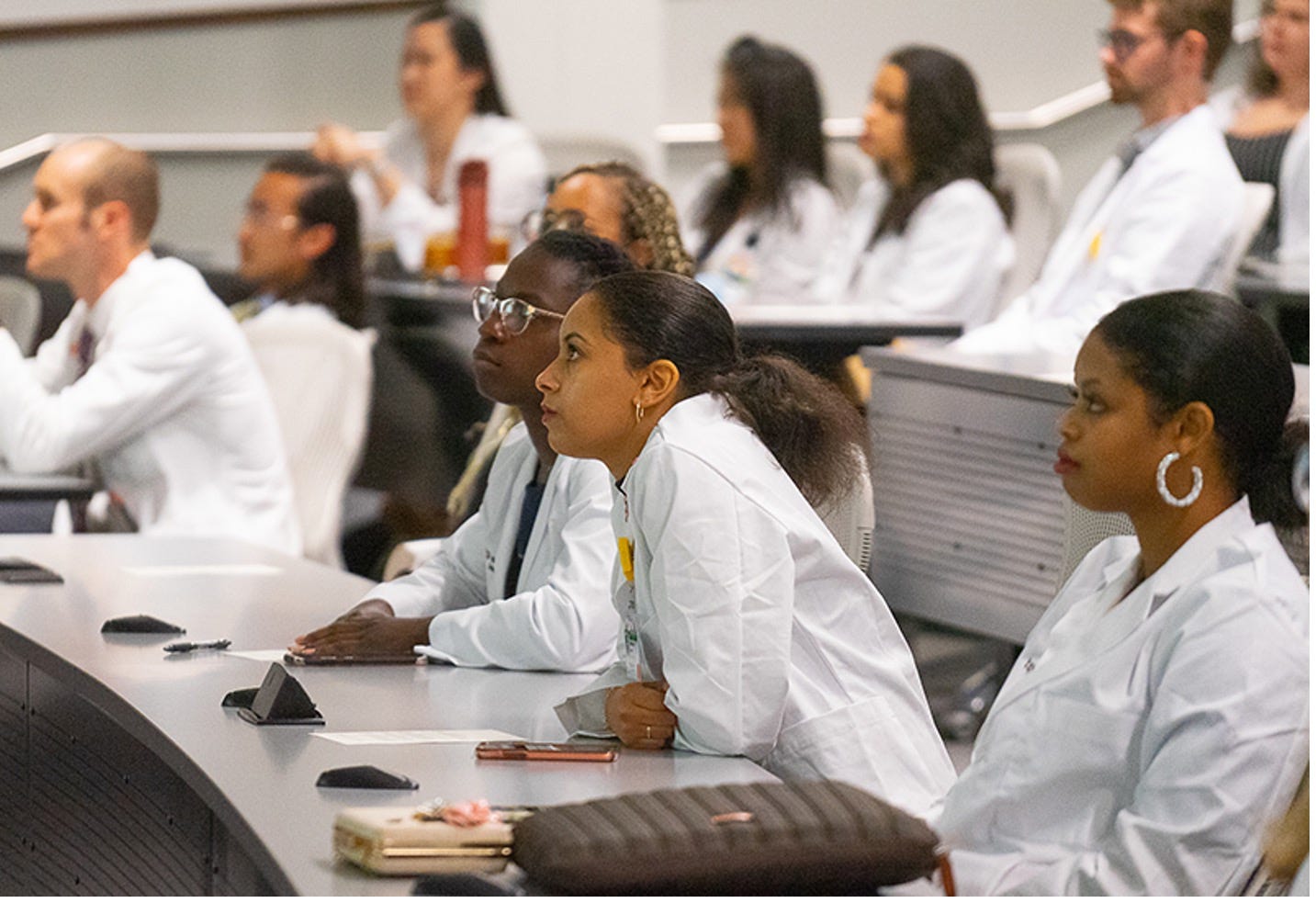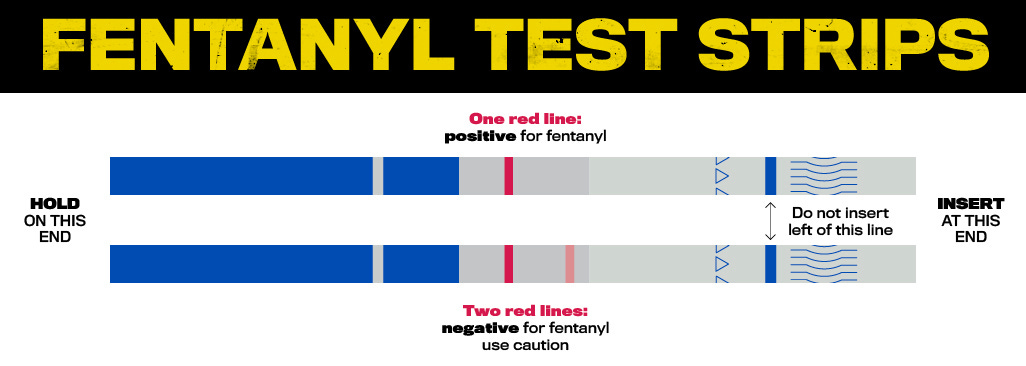The Opioid Crisis: Three Legs to a Stable Solution
Part I, asked WHY did the opioid crisis start? and Part II explained WHY it is so devastating. Today, let’s put our energy into fighting it. There are three areas we need to hit to truly effect change and start restoring communities. However, we need to hit them collectively. Many well-constructed solutions are failing because the other two areas undermine its impact, or, worse, render the solution ineffective. Let’s understand how each category depends on the others.
1. Reduce supply or availability of opioids
Opioids need to be harder to get. Two key reasons for why initial mistakes steadily grew into a major crisis were 1. opioids were being overprescribed given their addictive characteristics and 2. In the U.S., there is no high-level monitoring of prescriptions because of our pluralistic network of providers and payors. To address the lack of coordinated information and monitor physician prescribing behaviors, states have created Prescription Drug Monitoring Programs to give timely information about opioid prescription rates and types of patients using opioids. Another approach to cut illicit use of prescription drugs is tamper-resistant formulations. Chewing, inhaling, or injecting of these prescription formulations may release a chemical that blocks nerve receptors to opioid effects, or form a viscous substance, or create other negative effects. This makes illegal use of prescriptions less practical.

However, remember opioids are highly addictive. Making the prescription version more difficult to obtain does not change the fact that millions of individuals are already addicted. Reducing legal supply may push more people into illegal markets, which leads us to…
2. Reducing demand for opioids
To reduce the number of people addicted, we can reduce the number of patients who start taking opioids and help treat those already addicted. New physician training focuses on using other pain medications, such as long-established Tylenol, or non-pharmaceutical interventions, such as single-treatments steroid shots. Providing patients with viable alternatives to opioids means that fewer prescription products are put into the economy and can help shut down the prescription channel to addiction. In in North Carolina, Wake Forest University has started one of the first medical-school-based opioid addiction programs in the country to train students in addiction and pain management, in particular with the Drug Enforcement Administration’s X-waiver drug of buprenorphine, a partial opioid used to diminish physical addiction to stronger opioids.

Additionally, public awareness campaigns on the effects of opioid addiction aim to prevent new users. This is because only 24 percent of opioid deaths in 2020 were from prescription sources. Illegal channels are now overwhelmingly most destructive force in the current crisis, particularly fentanyl. Economy-wide social factors such as unemployment and economic uncertainty initially fed the crisis in rural areas and these same factors have spread the crisis across the U.S. However, economy-wide problems need long-term efforts. We still need ways to help today….
3. Reduce the potency or consequences of opioids
Can we stop overdoses from being so lethal? Right now? After cutting supply, reducing demand, the third leg to a stable solution must also change the product itself- reducing the lethal qualities now of the drug so pervasively consumed. The first big step in this direction was Naloxone, an FDA-approved medicine that rapidly reverses opioid effects when administered during an overdose. The goal of this tool is to help first-responders save lives, in order to move the addict into recovery services.
A major reason the current wave is so deadly is because opioids are being laced with fentanyl, a synthetic opioid approximately 100 times more potent than morphine.[1] In prescription drugs, or any legal consumer product for that matter, systems are in place in the U.S. to ensure safety of the product. The Center for Drug Evaluation and Research maintains a quality surveillance program that regularly tests selected drugs in FDA laboratories.[2] Such credible ingredient lists disappear once addicts are pushed into the illegal market, adding another layer to the risk of overdose. Although addiction is a long-term problem, we can save lives today by improving the purchaser’s information on the drugs circulating now. New, inexpensive fentanyl test strips are being distributed by public health agencies which can indicate the presence of fentanyl with a small amount of water and 5 minutes. It’s a common sense way to increase safety in a market where reliable information is scarce.

Finally, although reducing the deadly consequences of opioids helps today, we don’t want this to feed back into increasing demand by lowering the perceived risks of opioid use. (This is called moral hazard.). Making the drugs safer must be combined with the first two legs of slowly shrinking both the demand and supply. So far, we haven’t seen any cure-all solutions, but by hitting all three fronts, we can cure more.
As always, keep me updated on what you’re up to or reach out to chat with me about these issues.
Best,
TMD
[1] Drug Enforcement Administration Fact Sheet: Fentanyl. October 2022.



